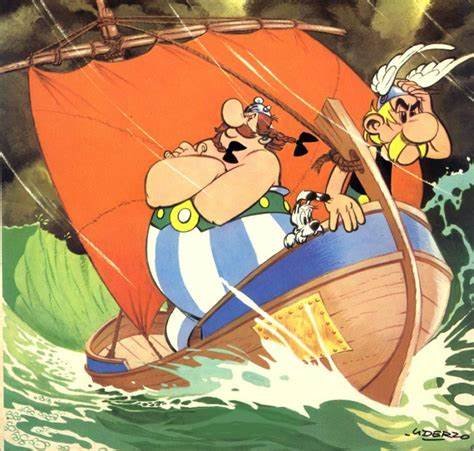Satirical political cartoons have long been a powerful way to express opinions, critique leaders, and highlight societal issues. These cartoons combine humor with sharp commentary to make a lasting impression on readers. In this article, we’ll explore some of the best examples of satirical political cartoons and how they have shaped public discourse. Satire has always played a vital role in political expression, making these illustrations not just entertaining but also thought-provoking.
The Role of Satirical Political Cartoons in Society
Political cartoons are more than just drawings; they are visual essays that capture the essence of political events and social issues. Satirical cartoons use irony, sarcasm, and exaggeration to critique power structures and question societal norms. Some of the best examples of satirical political cartoons have influenced public opinion and even changed the course of history.

1. “Join or Die” by Benjamin Franklin
One of the earliest and most iconic examples of satirical political cartoons, “Join or Die,” was created by Benjamin Franklin in 1754. It depicted a segmented snake representing the American colonies, urging unity against British rule. This simple yet powerful image became a symbol of resistance and has influenced political art ever since.
2. Thomas Nast’s Cartoons on Boss Tweed
Thomas Nast, often called the father of American political cartoons, created some of the most memorable examples of satirical political cartoons. His depictions of Boss Tweed and the Tammany Hall political machine in the late 19th century exposed corruption and mobilized public outrage. Nast’s work demonstrates the power of satire to hold leaders accountable.
3. Dr. Seuss During World War II
Before becoming famous for children’s books, Dr. Seuss created political cartoons during World War II. These illustrations criticized isolationism and fascism while promoting wartime unity. His unique style and clever commentary made these cartoons standout examples of satirical political cartoons from that era.
4. Herblock and the Cold War
Herblock, the pen name of Herbert Block, is renowned for his biting commentary during the Cold War. His cartoons often criticized McCarthyism and nuclear arms proliferation, making them unforgettable examples of satirical political cartoons that reflected the anxieties of the time.
5. David Low’s “Rendezvous”
British cartoonist David Low’s “Rendezvous” depicted Adolf Hitler and Joseph Stalin shaking hands after signing the Molotov-Ribbentrop Pact. The cartoon highlighted the absurdity of their alliance, making it a timeless example of satirical political cartoons that used humor to address serious issues.
6. Steve Bell’s Modern Commentary
Steve Bell, a British cartoonist, is known for his sharp and often controversial depictions of political figures like Margaret Thatcher and Boris Johnson. His work is a modern example of satirical political cartoons, proving that the art form remains relevant in critiquing contemporary politics.
7. Pat Oliphant’s Visual Wit
Pat Oliphant is another master of satire, with a career spanning several decades. His cartoons, which often featured his signature penguin character, criticized everything from foreign policy to cultural trends. His work exemplifies how humor and art can provoke thought and discussion.
8. The Global Reach of Satirical Cartoons
Satirical political cartoons are not limited to one country or culture. Artists worldwide use this medium to address local and global issues. For instance, Middle Eastern cartoonists like Ali Ferzat risk their lives to critique authoritarian regimes. Their bold work stands as a testament to the universal power of satire.
9. The Evolution of Satirical Cartoons Online
With the rise of the internet, political cartoons have found a new platform. Digital cartoons are easily shared on social media, reaching audiences across the globe. Many modern examples of satirical political cartoons rely on memes and digital art, keeping the tradition alive in the digital age.
10. Why Satirical Political Cartoons Matter
Satirical cartoons continue to be relevant because they simplify complex issues and make them accessible to a wider audience. They entertain while educating, challenge authority, and spark conversations. The best examples of satirical political cartoons remind us of the importance of free expression in a healthy democracy.
Conclusion
Satirical political cartoons have a unique ability to capture the spirit of their times. From Benjamin Franklin’s early works to modern digital cartoons, these illustrations blend humor with critique to challenge the status quo. By looking at these examples of satirical political cartoons, we can see how this art form has evolved while remaining a vital part of political and social commentary.











